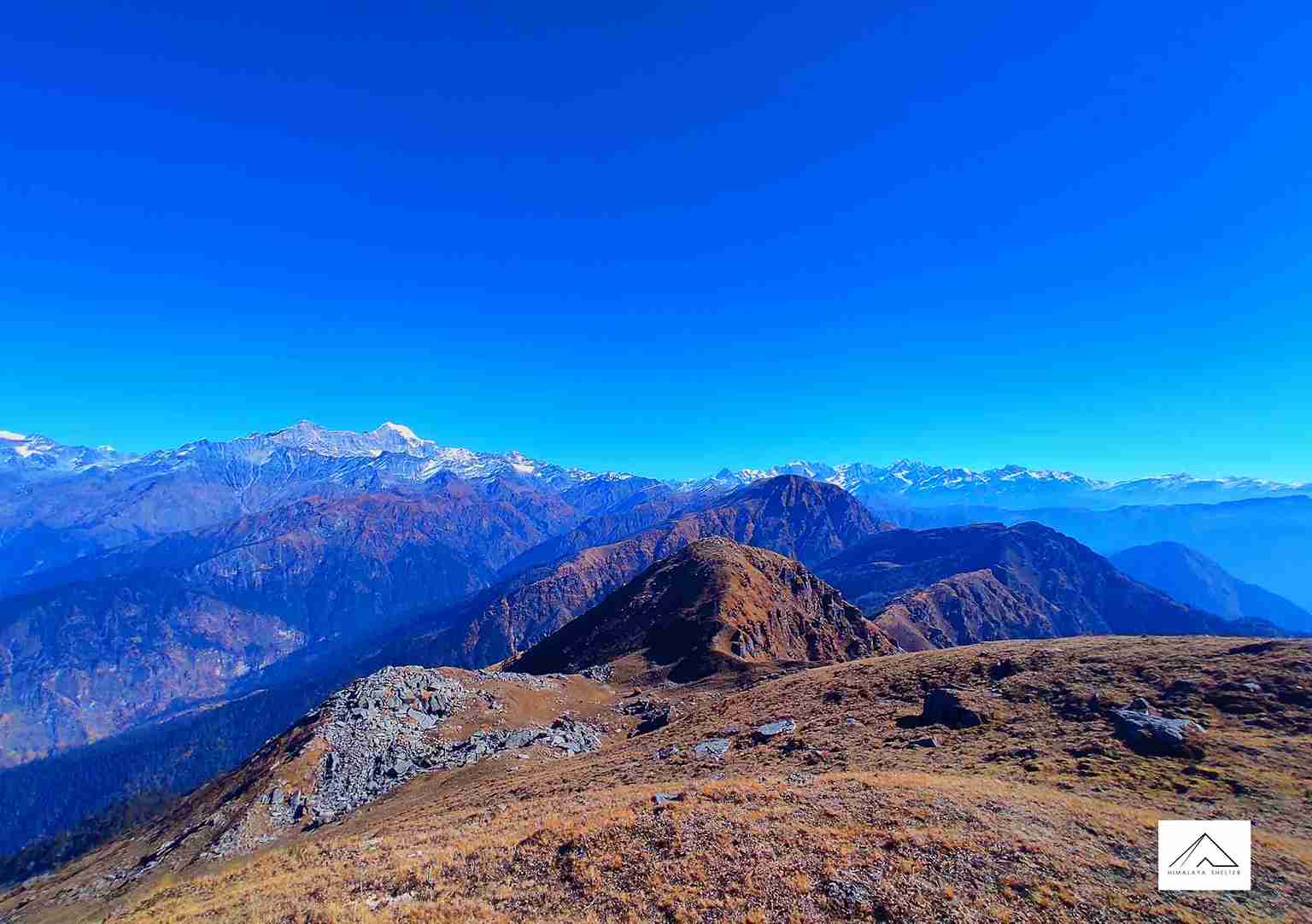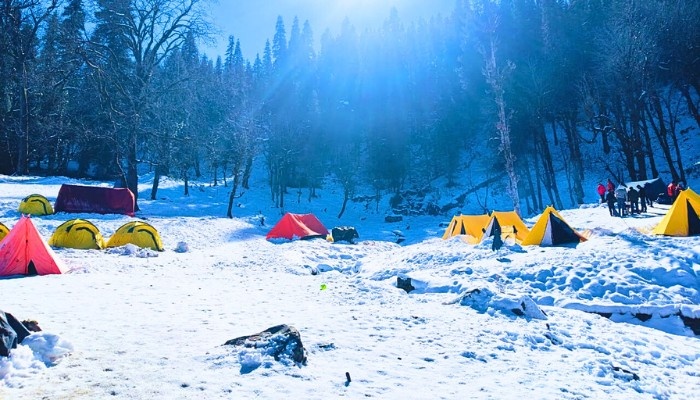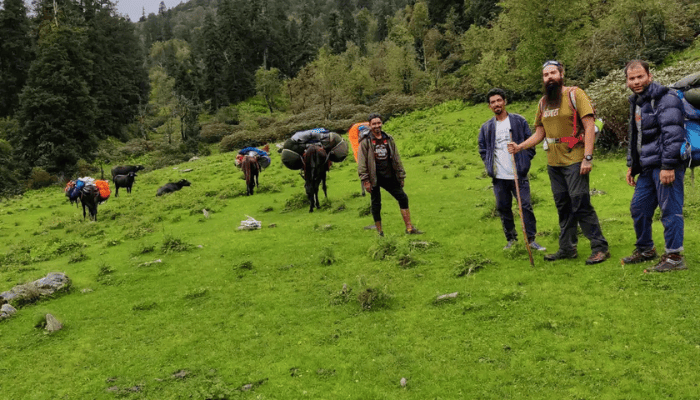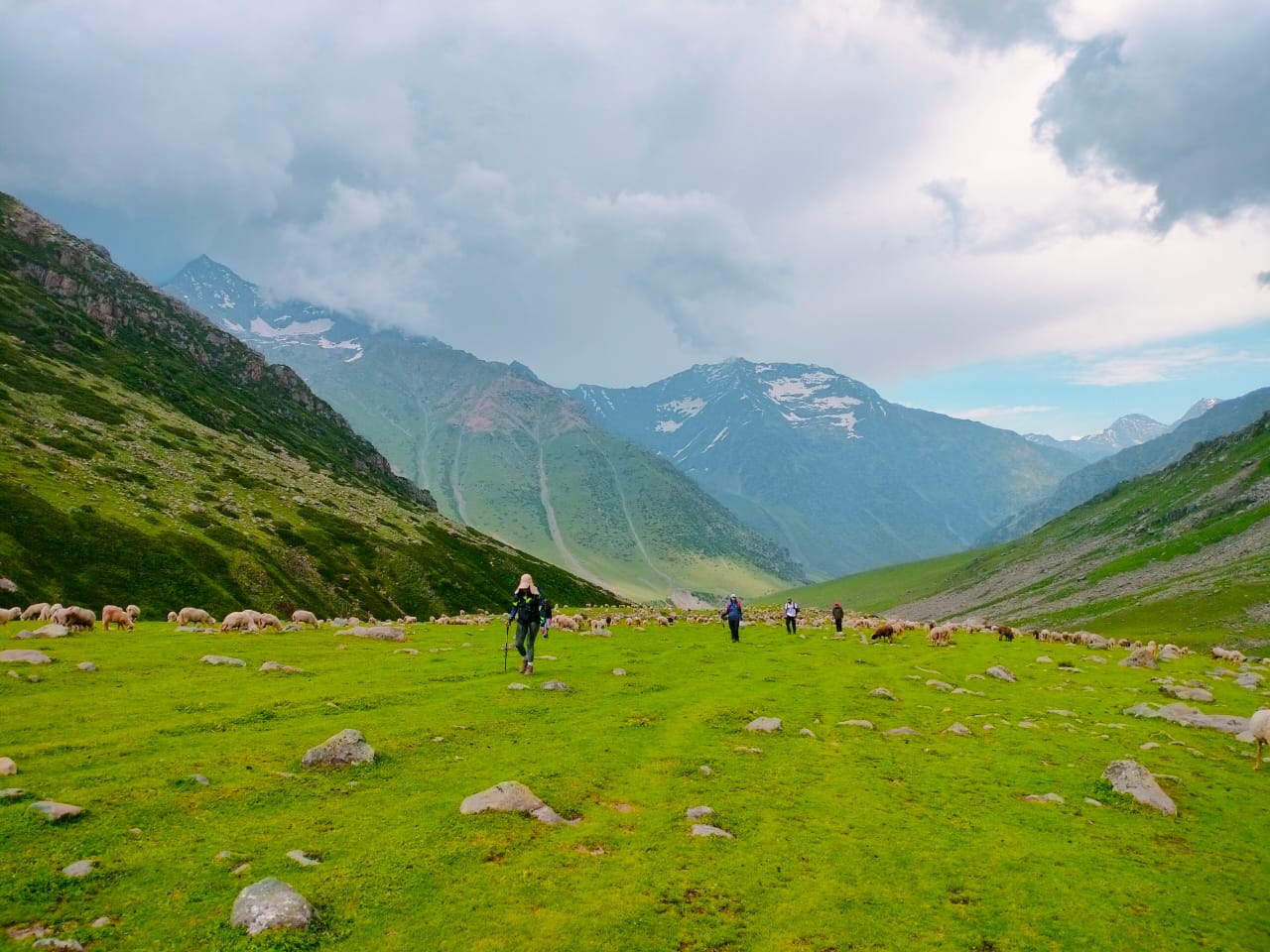
How To Prepare For A Trek In The Himalayas :
A very common question that grips every beginner trekker or even those who have been to some short treks is, how to prepare for a trek? Yet most of them fail to ask this question or get an apt answer.
Trekking has been increasingly confused with a leisure activity, that can be done with little preparation or at least that is what is wrongly believed, in part owing to the popular culture prevalent in the media. Trekking is actually an adventure activity or a rather slow adventure sport, that has certain risks associated, and need adequate preparation to practice.
How to prepare for a trek?
When it comes to preparation for a trek there can be 4 different aspects to it, physical preparation, mental preparation, preparing your gear & preparing a detailed trek plan. While the last one is taken care of by organizers in group treks, if you are not trekking alpine style (self sufficient trekking that requires you to carry all your equipment, food etc), the other three aspects are all very important.
Physical Preparation For Trekking

Physical preparation for a trek involves engaging in exercises that help build endurance and strength for a trek. It would not require you to hit gym regularly and a few basic exercises combined with persistence, can really help you conquer even really challenging treks.
Running – Running is the gold standard of exercises that you can practice to prepare yourself for a trek. It focuses on all the muscles that you engage during a trek. Furthermore, it really helps develop your lung capacity and improves your heart strength, which are both crucial for any high altitude trek, as the thinning air will require your lungs and heart to overwork constantly.
Start running at least 1 month prior to your trek, covering up-to 15 KM in the first week in 4 or 5 running days and building it up-to 20 to 25 KM in the 4th week in just as many running days.
While swimming and cycling can be good add-on’s too, focus primarily on running.
Cardio– Cardio exercises are aimed at increasing your heart rate and are really great at increasing lung capacity and toning the muscles to improve endurance. Hiking can itself be considered a type of a cardio exercise that involves weight-bearing. Climbing stairs is a very basic cardio exercise that mimics trekking. Add it to your post running schedule and it will really help prepare you for your trek.
Another variation to running that can really help you is to run on slopes, i.e. uphill. If you have a bridge nearby or natural trails with slopes, it can work in your favor considerably. Trail running is a great way to enhance fitness along with coordination while under physical exertion.
Mental preparation for a trek
While physical preparation is important, a considerably important aspect that is overlook when it comes to preparing for a trek is – Preparing Mentally.
Mental preparation is especially very crucial for first time trekkers, and it involves everything including setting expectations, that is knowing a bit about what to expect during a trek, in terms of climatic conditions, sleeping inside a tent, or even how to go for a loo in the outdoors. Trekking involves being out of your comfort zone for an extended duration of time and thus setting the expectations is a really important step towards preparing yourself mentally. Some important but basic points to be aware are –
- To be mentally prepared to get uncomfortable
- Stay alert about your surroundings at all times
- Don’t hesitate to ask for help when in trouble or help someone else out when they are in need
Often first time trekkers fail to inform about any signs of sickness due to hesitation when they see others fairing rather well. This only leads to a situation that worsens over time. It is a big mistake that must be avoided at all times.
Essentials
Clothing
When it comes to clothing learn to understand the concept of Layering – where multiple layers are used based on the weather conditions and pack accordingly
- Always use quick dry fabric clothes and avoid cotton fabric, including socks and undergarments
- Travel Light and do not pack unnecessary clothes
- Avoid bulky clothes such as jeans, heavy sweaters
Other basic amenities to carry
- Carry Prescription Medicine & basic medical kit
- Carry Snack bars & dried fruits
- Use Biodegradable soaps and limit use of toiletries
- Avoid Perfumes as they attract insects
- Protect your exposed skin from UV rays by either clothes or sunscreen to avoid sunburns
Tip: If you plan to trek regularly, invest in a Hydration bag. It makes drinking water easier & consistent, which can have very positive impact on your pace while trekking, as it helps avoids dehydration.
Treks in Uttarakhand | Trekking companies in Dehradun | Har Ki Dun trek | Bali Pass trek | Phulara Ridge Trek | Kedarkantha Trek| Dayara Bugyal trek | Gaumukh Tapovan trek | Kashmir Great Lakes trek | Valley of Flowers trek | Nag Tibba Trek
About Author

Abhishek Sohu
Recent news

07 Jan 2026

06 Jan 2026

03 Jan 2026
Recommended Treks

Cost: ₹11,299 | $125.46
Type: Easy
Best Time: Jan | Feb | Mar | Aprill | May | Jun | Sep | Oct | Nov | Dec

Cost: ₹9900 | $114
Type: Easy
Best Time: April to June and September to November






